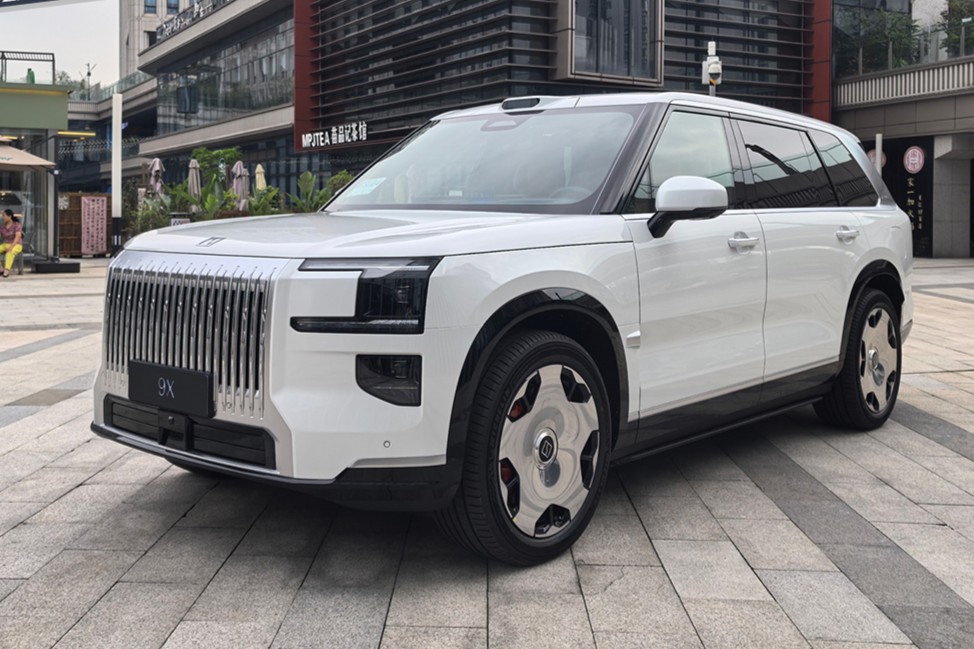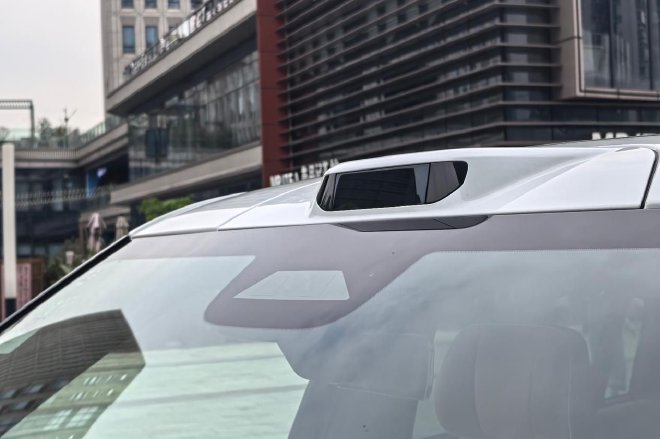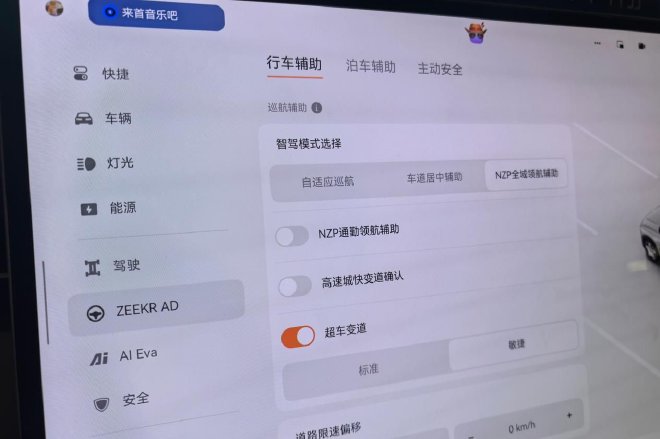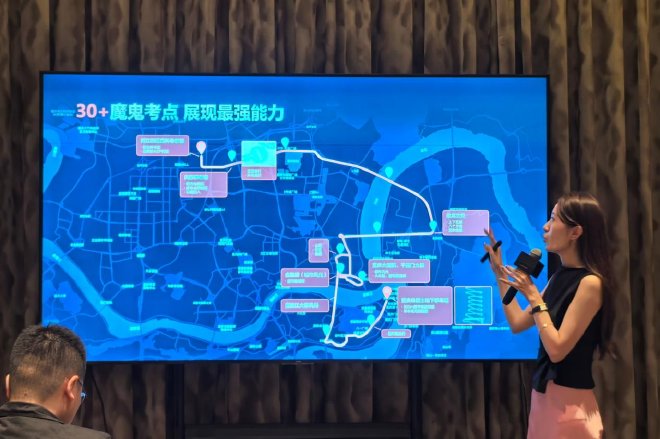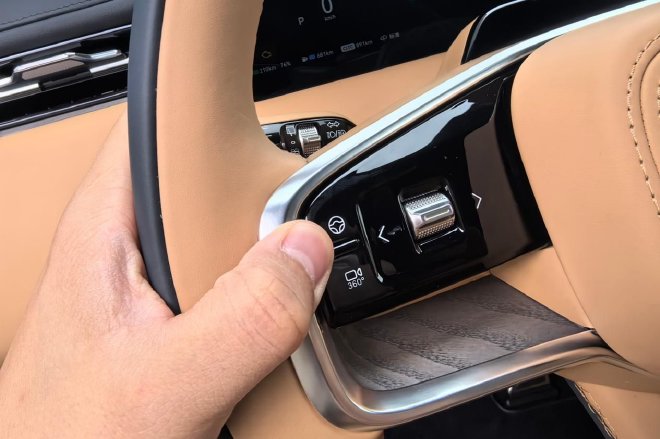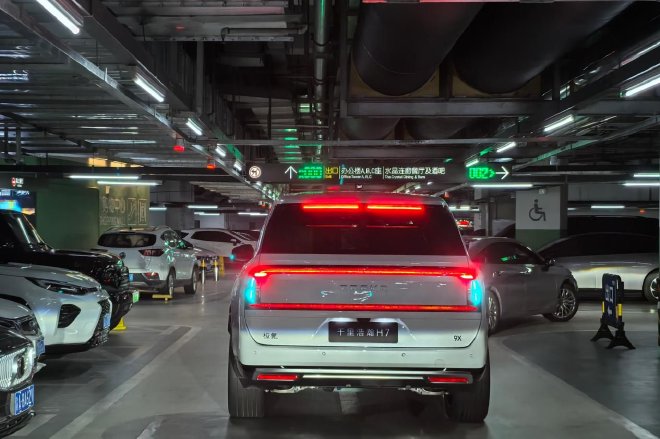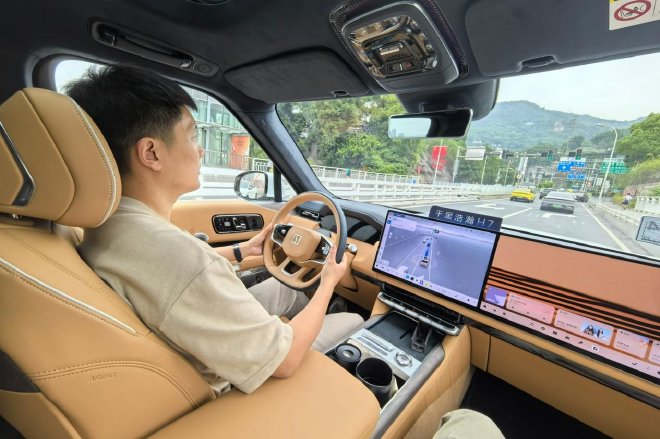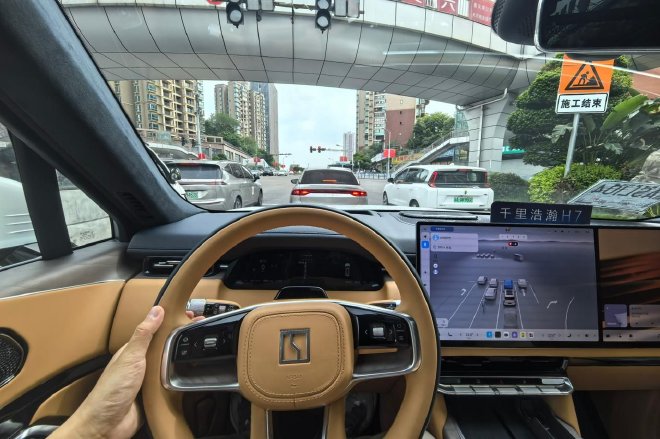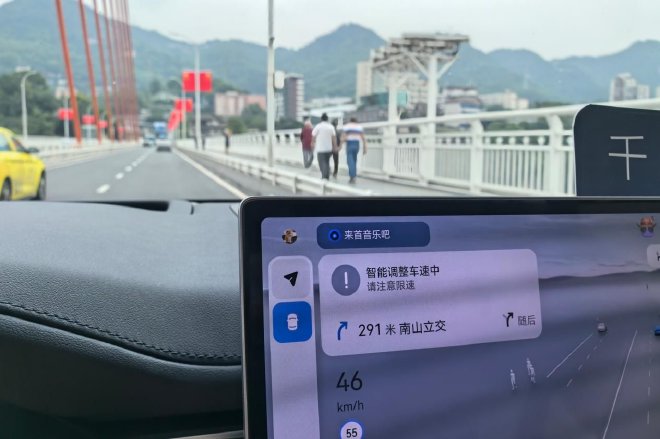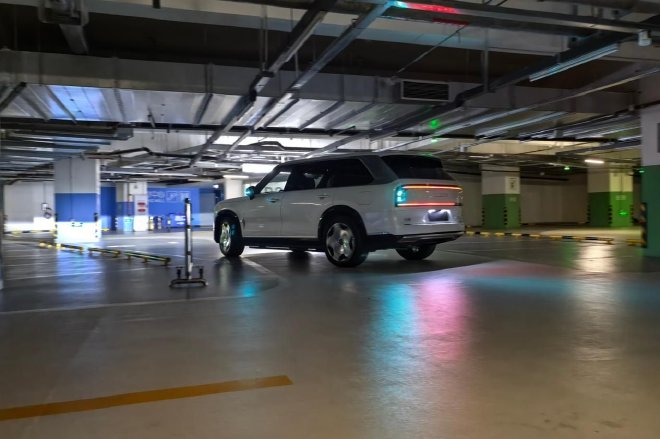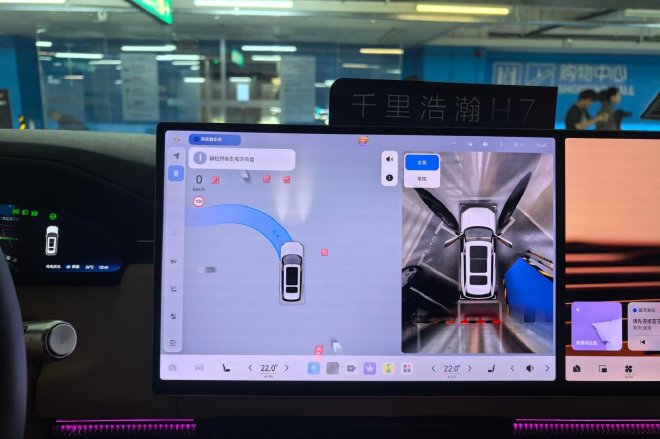The development of new energy vehicles has undergone significant changes. Market penetration of these vehicles steadily increases. The “intelligence” feature of new energy vehicles is becoming mainstream. New force brands and leading domestic brands have high penetration rates for L2-level assisted driving and above. Clearly, the era of smart electric vehicles is approaching. The competition among manufacturers will focus on this. The Zeekr brand, which has long emphasized smart technology, has acted a bit later than other new forces. However, it has built a strong foundation. Recently, it launched an important assisted driving product on its flagship vehicle: the Qianli Haohan H7 assisted driving system, officially equipped in the Zeekr 9X. We recently completed a test drive of the Zeekr 9X. This time, we moved the venue to Chongqing, in the magical 8D city, to evaluate the Qianli Haohan H7 assisted driving system. What is the foundation of this system? As Zeekr’s flagship model, the 9X places great emphasis on smart driving experiences. The Qianli Haohan H7 features a hardware matrix that combines lidar and visual perception. It includes one 192-line long-range lidar, one 4D millimeter-wave radar, two wading radars, four millimeter-wave radars, eleven high-definition cameras, and twelve ultrasonic radars. It also features the advanced NVIDIA DRIVE Thor-U chip, which delivers a computing power of 700 TOPS and enhances AI inference and graphics processing capabilities.
This hardware uses a top-mounted lidar and multiple cameras for cross-measurement. It generates images and recognizes objects. This solution combines vision and lidar. It creates a global real-time view for safe recognition of surrounding objects. It also identifies potential risks from nearby traffic participants or objects.
For advanced driver assistance, algorithms matter more than hardware. The Smart AI Agent algorithm architecture enhances capabilities. It features a cloud-based large model for global understanding and world model reinforcement learning. The system uses the joint vehicle-side multimodal VLA model for real-time inference. It significantly improves obstacle avoidance, lane selection, and congestion bypassing in complex scenarios. It also enables multi-point U-turns and anticipatory deceleration for ghosting. ZEEKR aims to create a “human-like” driving assistance experience within current legal frameworks. The design prioritizes safety while ensuring comfort and efficiency for passengers. With a comprehensive safety protection system, strong perception capabilities enhance proactive safety in advanced driver assistance, achieving a balance between usability and safety.
The “full version” of the H7 is now available. This system provides full driving assistance from parking space to parking space. After setting the destination, the car can automatically enter and exit parking spaces, navigate multi-level garages, merge onto highways, join traffic, overtake slow vehicles, and avoid obstacles. It follows other cars safely and actively searches for available parking spots. The system allows for zero intervention throughout the journey.
Set the navigation route. Start the vehicle and press the button on the upper left of the steering wheel to activate it. You can then relax your hands while ensuring you can take control at any time. This allows you to enjoy a safe driving assistance experience throughout the journey. The system quickly identifies various road users and displays them on the dashboard or screen. It maintains high accuracy, even in heavy traffic or adverse weather conditions. The addition of the no-map roaming feature makes it easier to find exits in parking garages. This feature does not require prior learning of parking information. Once activated, it allows you to navigate the area and find exits independently. Many parking garages in Chongqing reflect the typical 8D urban design. Parking spaces are often cramped with complex traffic flow, lacking separation between vehicles and pedestrians. The vehicle performs like an experienced driver in these conditions. It consistently chooses the right angles for turns and anticipates tight corners by slightly steering in the opposite direction to create turning space.
When facing occasional pedestrians or traffic cones, it maintains a rigid smoothness. It keeps a steady speed throughout. It never suddenly stops, ensuring a comfortable ride. Its exit navigation is precise. You can control it with voice commands, helping the system find the best route. In cruising conditions on highways, the H7 enters NZP mode and becomes more stable. You don’t need to steer or worry about changing lanes. The system automatically decides when to enter and exit ramps. It assesses safety behind and smoothly changes lanes. Its main experience is similar to other advanced driving assistance systems. However, it stands out in route planning, handling curves, and choosing to overtake, acting more like a real driver.
During normal cruising, the system detects slow speeds from the car ahead. It assesses traffic in adjacent lanes to decide whether to change lanes for overtaking. You can also manually signal or use voice commands to force a lane change. The system chooses its moments conservatively. It avoids aggressive maneuvers that might cause anxiety, similar to how experienced drivers operate. In the old city area of Chongqing, especially near Chaotianmen, congested peak times challenge many driving assistance systems. They struggle with complex scenarios like merging, lane changes, and on/off ramps during heavy traffic. System failures are common. Here, the vehicle’s maneuvering and lane change strategies are more cautious than on highways. It gradually squeezes into the target lane, ensuring a smooth and safe transition without excessive swaying.
When approaching roundabouts or ramps with sharp curves and traffic lights, the car clearly identifies the signals better than some driver assistance systems. It even detects hidden traffic lights, like those obscured by tree canopies, which the driver misses. The car enters and exits roundabouts decisively. Its route choices are often more legal and reasonable than those of many drivers.
An interesting point is that the system usually maintains speed within the limits set by road signs. However, during the experience, we noticed that sometimes it does not strictly follow the speed limit. Instead, it references the speeds of many other vehicles based on big data. This approach enhances efficiency while ensuring safety and avoiding legal issues. The system performs exceptionally well, surpassing typical driver capabilities. The system also upgraded automatic emergency braking (AEB). It activates at speeds ranging from 4 to 150 km/h and can stop from a maximum speed of 120 km/h. It can fully stop in front of stationary vehicles. Additionally, the system launched a general obstacle recognition and braking G-AEB system. It identifies various obstacles, including cones, barriers, large boxes, and triangular signs, beyond just stationary vehicles. It can stop for stationary and moving vulnerable road users (VRUs) and animals at speeds up to 130 km/h. For scenarios where stopping is impossible or unsuitable, the system features automatic emergency steering (AES). It activates at speeds between 80 and 130 km/h, allowing for emergency maneuvers to avoid obstacles in all weather conditions, day or night. It introduces the industry’s first general obstacle automatic emergency steering (G-AES) function, improving recognition of unusual objects and reducing accident risks.
We drive through the famous narrow spiral ramp at Raffles in Chongqing. The system performs stably here. The large vehicle descends the spiral smoothly. The front points accurately. The steering wheel requires slight adjustments. There are no braking actions throughout the journey. It feels exceptionally smooth.
In the final parking space selection, we encountered occupied spots. The system activated the smart roaming feature. It used 360-degree cameras to find the nearest available space. It parked smoothly in one attempt. Today, we experienced the Zeekr 9X with the Qianli Haohan H7 driving assistance system. This system addresses users’ main concerns: usability and safety. It offers full-route management, effectively covering the “last hundred meters” of assisted driving. It performed well in the challenging terrain of Chongqing, providing an experience akin to having a dedicated driver, which was impressive. However, the Qianli Haohan H7 is not the final product. It is a precursor to the Qianli Haohan H9, which aims for L3 driving capabilities. As we face complex and changing scenarios, we wonder what Zeekr will deliver next. Owners of Zeekr vehicles likely have high expectations for future developments.
